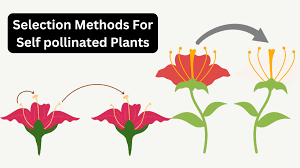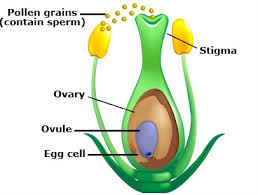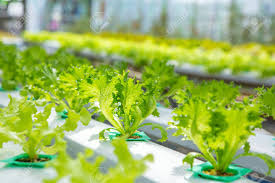Breeding methods for crop improvement are influenced by the reproductive system of the crop. This article focuses on methods commonly used for improving self-pollinated crops. A pure-line is a progeny of a single homozygous self-pollinated plant.
Read Also: CAUSES AND SOLUTIONS OF EGG GLUT IN EGG PRODUCTION
Methodology of Using Pure-Line Selection to Improve Self-Pollinated Crops

First Year: A large number of selections are made from a genetically variable population. This population is a mixture of different genotypes (heterogeneous population).
Second Year: Seeds from each selected individual are grown into a row or rows known as the progeny row. The plants in the progeny row are evaluated, and all inferior rows are eliminated.
The best rows are selected, and all plants in the selected row are harvested, with seeds from these plants being collected together. These lines are identified as experimental strains.
Third Year: The same process as in the second year is repeated to eliminate more entries.
Fourth Year: Observation and selection continue, further improving the selected strains.
Read Also: How to Increase Egg Production in Commercial Layers
Selection is the ability to recognize superior plants from a wide range of variability. Johannsen, a Danish biologist, defined a pure-line as the progeny of a single homozygous selfed individual.

He hypothesized that once the genes are fixed in a pure-line, any differences within it are due to environmental factors, and therefore, no further improvement can be made through selection.
Fifth – Sixth Year: Replicated yield evaluations (trials) are conducted at several locations over multiple years, with other varieties being used for comparison. The best variety serves as a check. Once the best line or strain is identified, the seed is increased, and the variety is released as a new variety. This new variety is uniform.
Do you have any questions, suggestions, or contributions? If so, please feel free to use the comment box below to share your thoughts. We also encourage you to kindly share this information with others who might benefit from it. Since we can’t reach everyone at once, we truly appreciate your help in spreading the word. Thank you so much for your support and for sharing!

